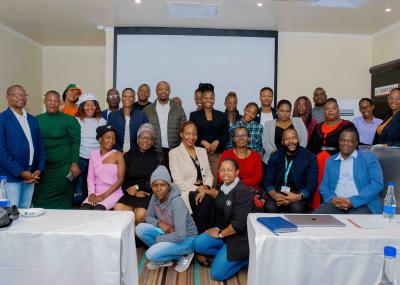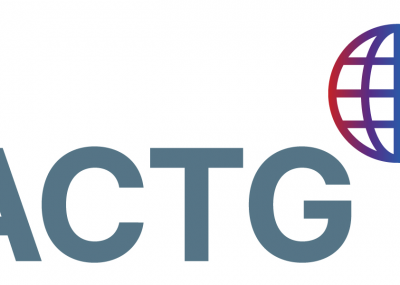Background: Hepatitis B surface antigen (HBsAg)-negative but hepatitis B virus (HBV) DNA-positive infection-known as occult hepatitis B infection (OBI)-occurs in 1% to >15% of HIV-positive individuals in the United States and South Africa, respectively. However, there are no data on OBI from Botswana, a country known to be hyperendemic for chronic HBV infection and to have a significant HIV burden.
Methods: Two hundred seventy-two adults enrolled in an HIV treatment study of tenofovir/emtricitabine as the nucleoside backbone who were previously determined to be HBsAg negative were tested for HBV DNA at baseline and 1 year after initiation of highly active antiretroviral therapy (HAART).
Results: HBV DNA was detected in 72 of 272 (26.5%). Six individuals (8.3%) had HBV DNA levels greater than 200 IU/mL, and the highest viral load was 3280 IU/mL. Of 65 participants with OBI evaluated at 12 months after initiating HAART, only 1 (1.5%) had detectable HBV DNA.
Conclusions: Occult HBV infection is quite common in HIV-infected patients in Botswana, although its impact on the course of HIV disease progression is unknown. The suppression of occult HBV DNA levels by tenofovir/emtricitabine suggests an effective therapeutic option, although the long-term suppressive abilities remain unstudied.




